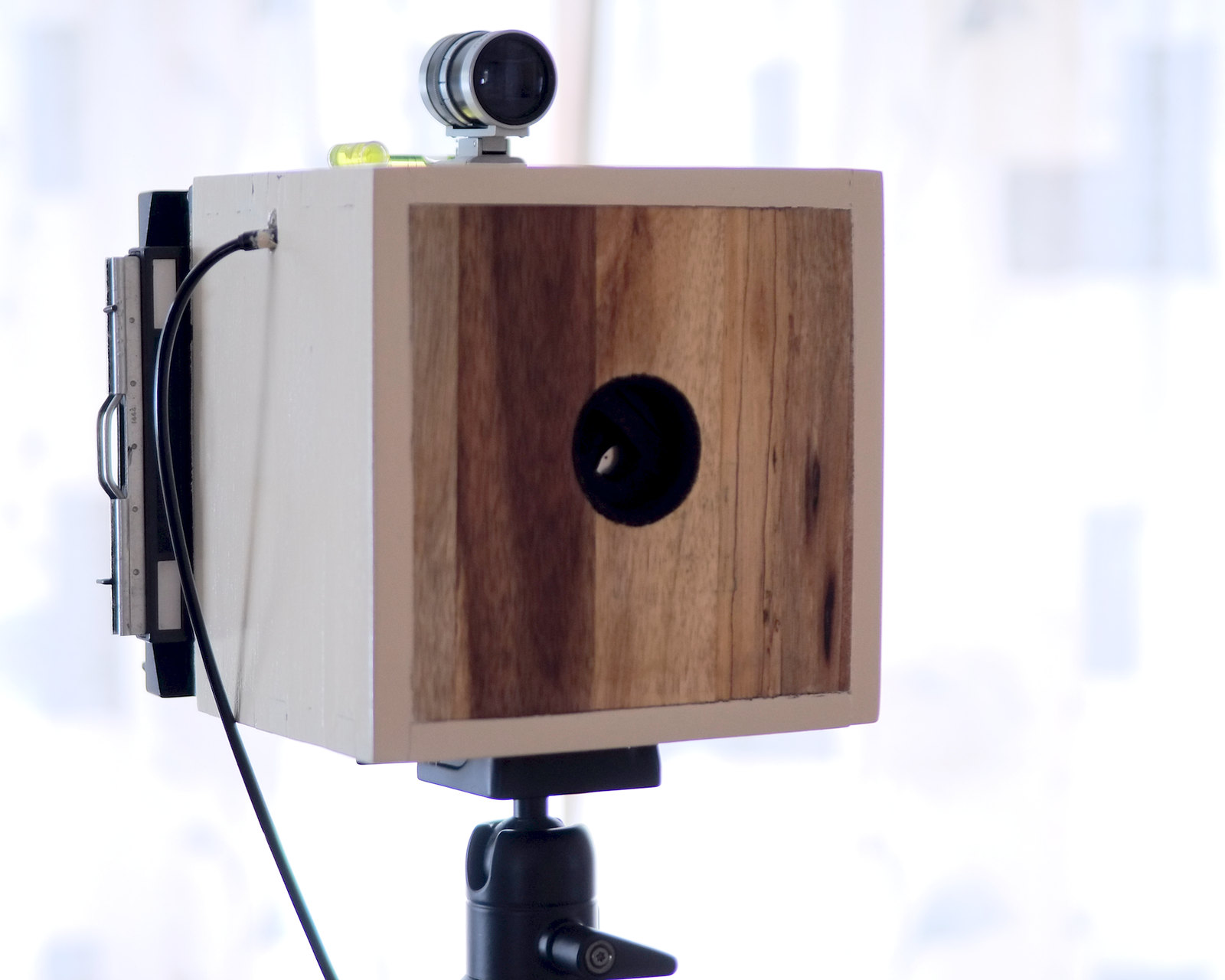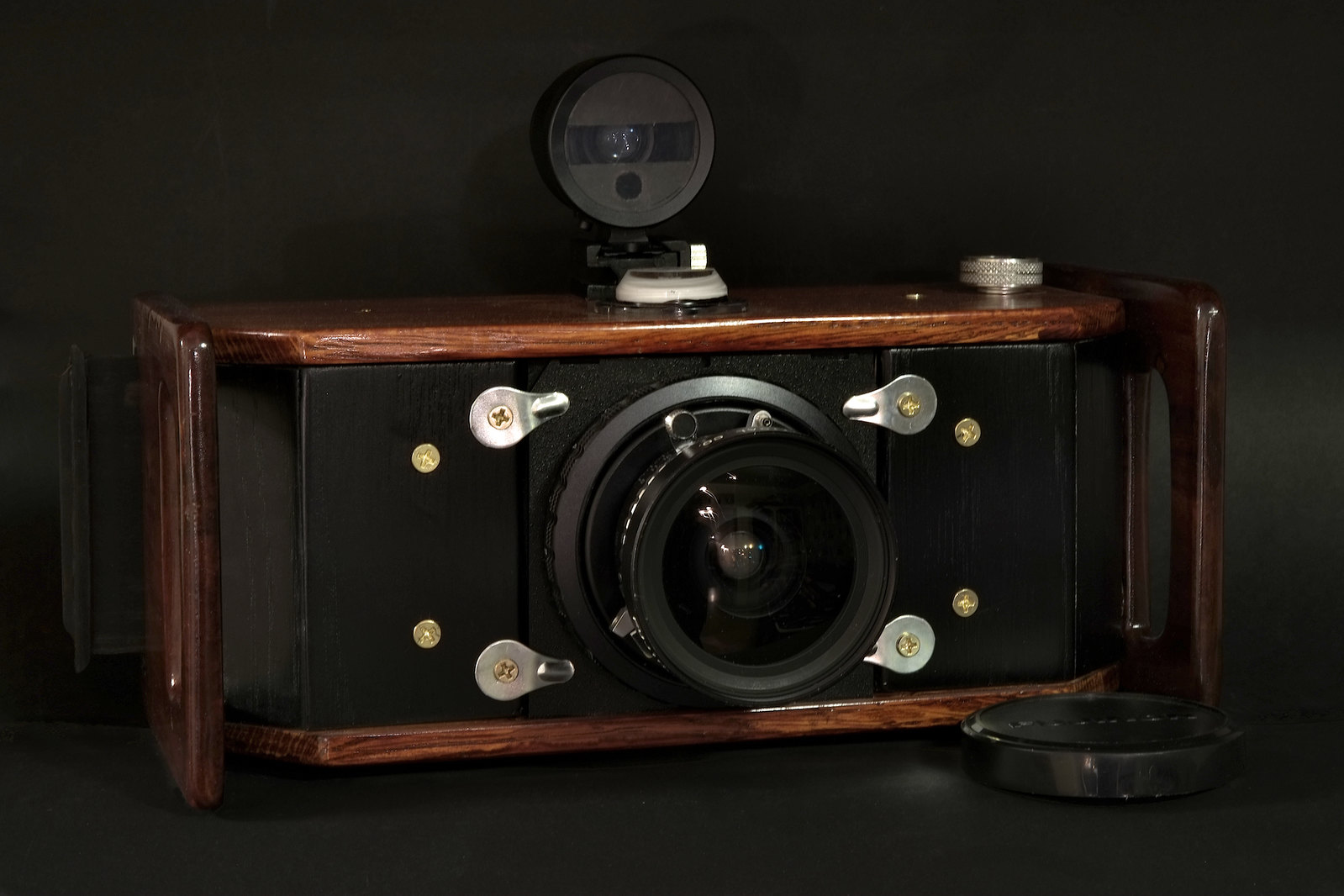Reinhold of Caffenol.Blogspot.com fame has been so kind as to post an article I wrote on how the RS and RSA versions of his recipes came about, and why I named them as I did.
Hello coffee (ab)users,
I'm very
happy to present Eiriks report about his reduced soda/ascorbic-acid versions. Have
a nice reading, and I recommend visiting his sites linked below. He's a great
photographer and a very nice guy. Thank you so much, Eirik.
Happy
developings - Reinhold
That's what Eirik wrote:
That's what Eirik wrote:
I promised
Reinhold a long time ago I would write an article on the (RS) and (RSA)
versions of his recipes.
Like many others, when I started out with Caffenol I perused
the net for tips on where to start. I concluded pretty early on that these 8tsp
of this, a pinch of that, and a cup of other recipes, were not going to cut it
for me. Reinhold’s precise and predictable recipes however were exactly what I
was looking for. In addition to reading everything on his blog, I joined a
Caffenol group on Flickr, and a long ongoing thread on the Scandinavian APUG
forum to discuss and share experiences.
I like to be accurate in my work, but I am also lazy. So I
soon tried out premixing Caffenol, instead of having to dissolve powders and mix
them up for every development. My approach was to dissolve the ingredients in
larger quantities and store them in light and airtight bottles. Then mix them,
one third each, when developing. For this to work, each solution had to be 3
times the prescribed strength. And it worked well. The ingredients did not go
off as quickly as some had thought. The coffee started to develop mold at 8-12
weeks, and the ascorbic acid oxidized gradually to be useless after 15-20
weeks. The soda kept forever, but was susceptible to crystalising in my storage
space in the basement in cold weather. Evidently this was due to the
combination of higher concentration and low temperature. In warm weather the
soda was stabile...................
Continued here: Caffenol C-M and C-H (RS/RSA)



































